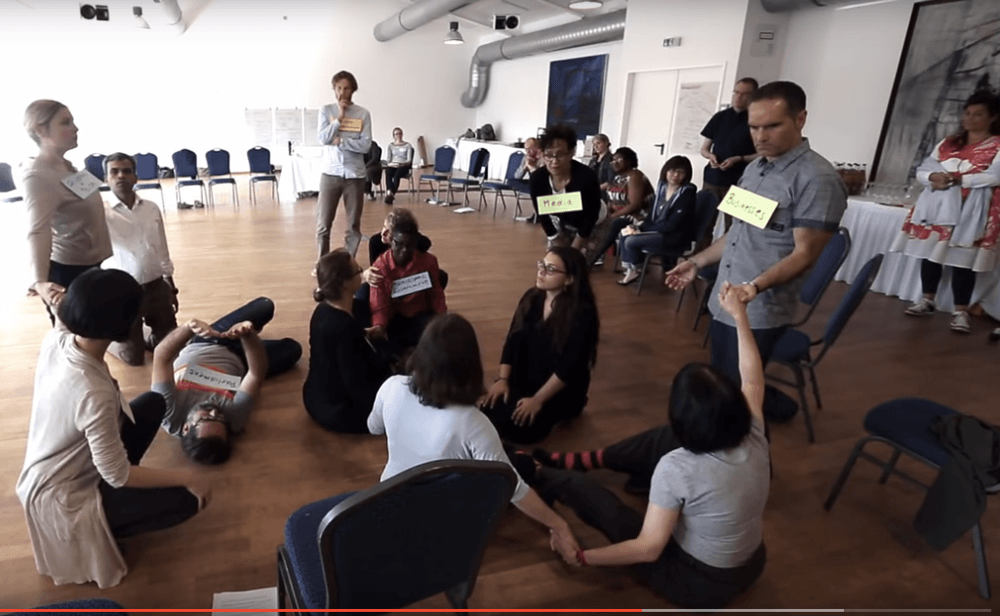In new situations, old operating models and solutions no longer work. A renewal requires an ability to unlearn old ways of thinking and doing: courage to adopt novel perspectives and capacity for change.
How do you learn and lead in times of disruption when you cannot rely on the experiences of the past?
"To really change the outer world we first need to shift the inner place that we operate from. This is done by activating deeper sources of knowing.” – Otto Scharmer, Senior Lecturer at MIT, Founding Chair of Presencing Institute. Author of Theory U: Leading from the Future As it Emerges.
Advanced systems thinking includes the capacity for systems sensing. Because making a system see itself is not good enough. To address the knowing-doing gap we have to make the system sense and see itself. How can you build this capacity at scale? Through state-of-the-art social technologies and social aesthetics-based practice fields.
Here are two examples of social arts practices. The first one is Social Presencing Theater. The second one is Visual Practice. Both practices depicts not only factual information, but also embody or make visual the deeper essence of processes in systems, opening up a space of “highest possibility”.
Poetry, music and other art forms can also create space for collective healing, a glue transcending space to align and connect human souls. An heartfelt poetical or musical dialogue is a natural way to connect with people of a social reality hitherto unknown to us, and sparking a collective change of behaviors and mindsets. It gives birth to a new narrative with a sense of wholeness. Sometimes, poems, music or other social arts forms are the keys to unlock a movement.
